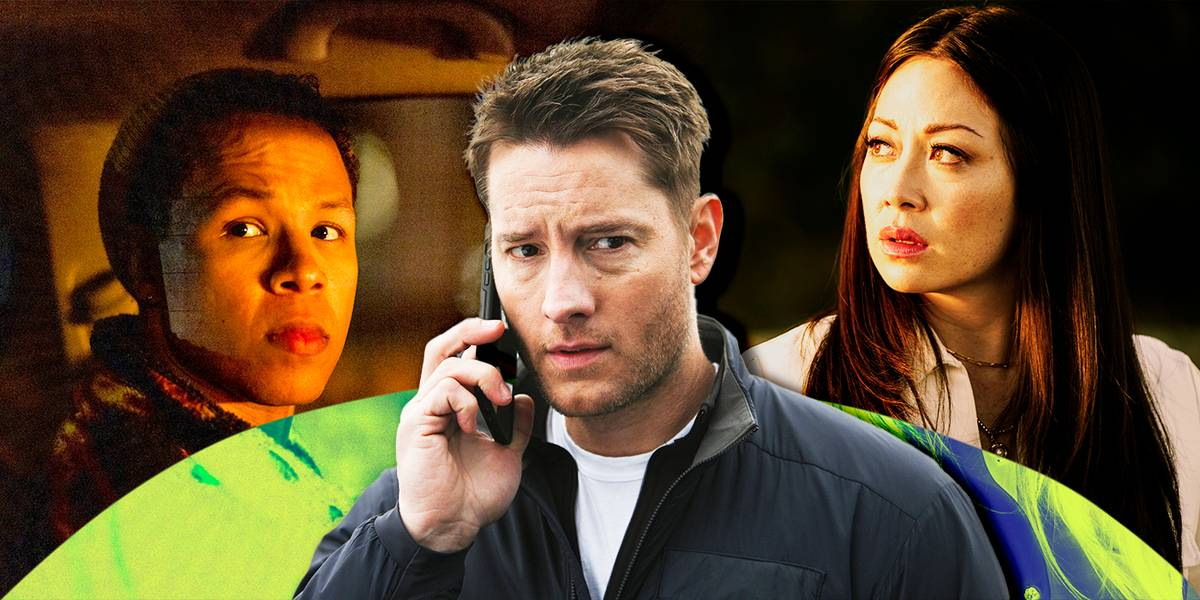
In a world of high-tech surveillance and fast-paced digital investigations, CBS’s Tracker offers something refreshingly primal: a man who survives in the wild, reads the land like a book, and tracks people through instinct as much as intellect. Tracker stands apart from typical crime dramas by embracing survivalism as both a skillset and a philosophy. With Colter Shaw, viewers are not just watching a man solve cases—they’re witnessing a unique intersection of grit, resilience, and intuition. This article explores how Tracker uses survivalism to shape its hero and its storytelling.
How Tracker Integrates Survival Tactics into Storytelling
Colter Shaw is more than a tracker—he’s a survivalist. Raised by a father who drilled into him the skills of wilderness navigation, terrain analysis, and risk calculation, Colter brings that raw training into every case. He doesn’t just follow digital breadcrumbs; he deciphers physical evidence—torn foliage, bent grass, broken branches. In a world dominated by digital clues, Shaw’s low-tech approach feels revolutionary.
Episodes often showcase him camping in remote areas, fixing broken gear, or using natural elements to navigate terrain. These sequences don’t just add flair—they create tension and realism that set Tracker apart from other procedurals.
The Rugged Landscapes of the Series
One of Tracker‘s most visually striking elements is its use of varied and often unforgiving environments. From dusty backroads to icy forests, the series is not locked into a single city or office. Each episode transports viewers to a new geographic and cultural setting.
These landscapes aren’t just backdrops—they’re active elements in the drama. A desert’s isolation, a mountain’s treachery, or a storm’s chaos all play roles in the unfolding action. Shaw’s comfort in these settings reinforces his outsider status and deepens the sense of realism.
Technology vs. Instinct in Tracking

Though Colter uses modern tools—like GPS, satellite maps, and drones—his real edge comes from instinct. He’s not just data-driven; he’s people-driven. By observing human behavior, habits, and inconsistencies, Shaw connects dots others miss.
This balance between technology and intuition is a key theme in Tracker. The show respects modern forensics but champions human judgment. It reminds viewers that some skills—like reading facial expressions or sensing danger—can’t be digitized.
Visual Style and Filming Locations
Tracker embraces a cinematic visual style that highlights nature’s vastness and danger. The series makes smart use of location shooting, creating the feeling that Colter is constantly in motion, never settling. The frequent use of wide-angle shots, drones, and natural lighting gives Tracker a sense of scale rarely seen in traditional network dramas.
This roaming aesthetic aligns perfectly with Colter’s character. He is a nomad—restless, always on the edge of society—and the show’s cinematography reinforces that emotional and thematic wandering.
A New Breed of Hero for the Network Age
Colter Shaw isn’t a cop. He isn’t a lawyer. He isn’t bound by a badge or bureaucratic chain of command. This autonomy makes him a different kind of hero for modern television—a hybrid of cowboy, detective, and philosopher.
His survivalist training allows him to operate in spaces where law enforcement can’t or won’t go. Whether it’s navigating treacherous wilderness or engaging in high-speed chases across remote terrain, Colter is always self-sufficient. In a time when many heroes rely on teams and institutions, Colter relies on himself—and that’s both thrilling and inspiring.
Conclusion
Tracker doesn’t just follow people—it follows the natural world, survival instinct, and a man who has chosen the road less traveled. Through its commitment to realistic tracking techniques, diverse landscapes, and a survivalist protagonist, the show captures the essence of what it means to be off the grid but on purpose. Colter Shaw is a modern tracker in an increasingly disconnected world—and watching him navigate it is both captivating and deeply human.
